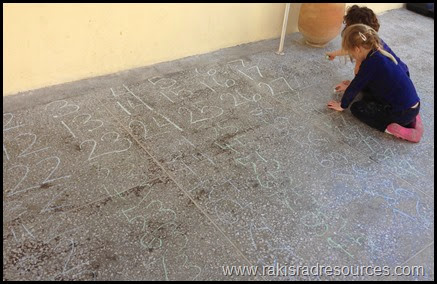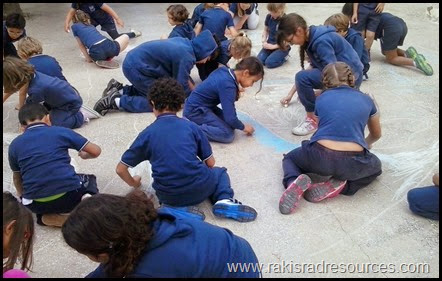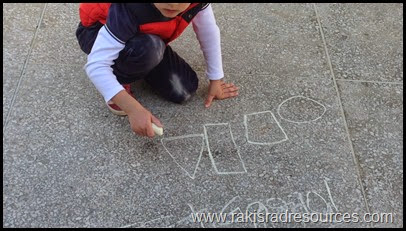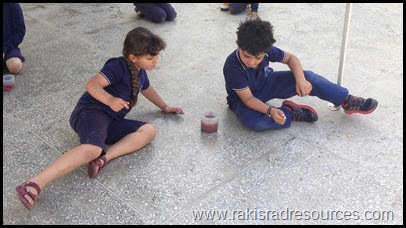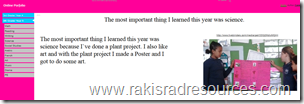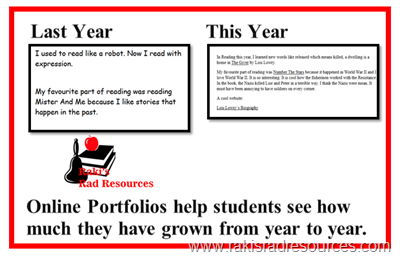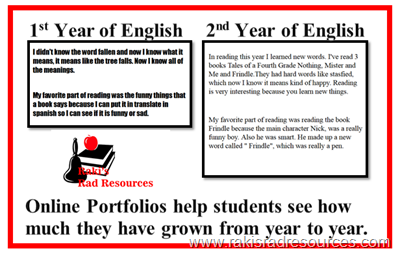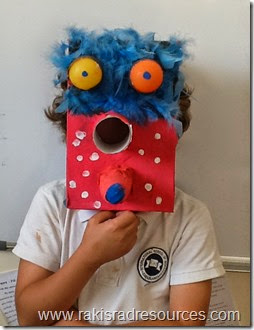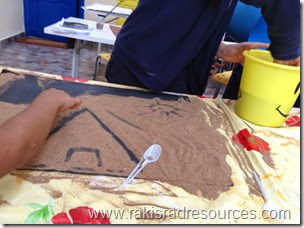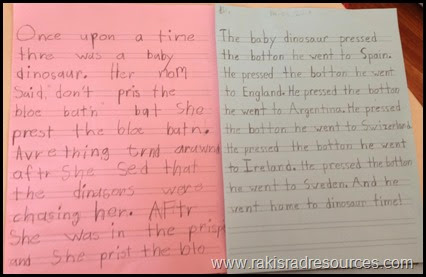During the summer, most teachers I know spend at least some time planning for the next school year. My favorite “planning” to do during the summer is field trip planning, because it means I get to tour cool places I’d like to take my students to – often with my own kids in tow. Here are some of my favorite field trip locations, that can be found in most every community, as well as a list of content connections you can make for your students. Often as teachers we only include field trips in our science and social studies, but there are lots of reading, writing and math connections that can be made in these locations as well. I am going to share one type of field trip a week and ideas for making curriculum connections with each field trip.
A Trip to the Farm: Pumpkin patches, apple or berry picking, milking cows, seeing maple trees tapped for syrup, viewing honey bees or just touring a working farm, there are many variations on the the farm field trip, but all are beneficial to students, especially in our current age where many kids have no idea that food comes from anywhere other than the supermarket.
Reading: Connect to farm stories like Charlotte’s Web, The Day Jimmy’s Boa Ate the Wash or Maple Syrup Season. Read informational text about the working of a farm. Completing research about the process of producing the goods produced by the farm.
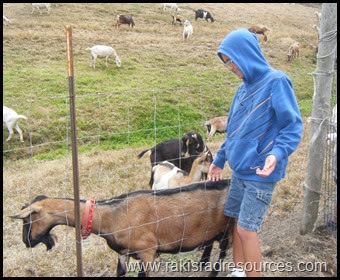 Writing: How to writing about the process of producing the goods produced by the farm. Fiction stories with the farm as the setting. Chronological narratives of the trip to the farm.
Writing: How to writing about the process of producing the goods produced by the farm. Fiction stories with the farm as the setting. Chronological narratives of the trip to the farm.
Math: Bring money and purchase goods from the stand – figuring out the change they would receive ahead of time. Figure out the elapsed time that occurs from when a baby animal is born to when it starts helping out the farmer (producing milk, eggs, meat etc.) Create a graph with data collected at the farm, or ask to look at graphs kept by the farmer – how many eggs are collected each day, how much honey is collected each month, how many visitors come each week, etc.
Science: Look at the life cycles of the plants and animals that live on the farm. Create a diet chart to compare and contrast what the different animals on the farm eat. Interview the farmer about how weather patterns affect the farm. Look at the chemical reactions that happen in producing goods like bread, jelly, cider and cheese.
Social Studies: Trace the production of a good produced on the farm – from raw materials to sold product. Look at the laws and policies that affect farmers. Research trends in farming – organic vs. chemical based; local vs. shipped etc. Discuss how farming has changed over the past 200 years. Have students help produce a product – pick berries, milk cows etc. making them a producers rather than a consumer.
To make field trips more educational, I often use graphic organizers and other activities to keep my students focused. Read more about the specifics in this blog post: Field Trips Aren’t Just For Fun. Be sure to stop by next week for another Field Trip Curriculum Connection.
What is your best field trip idea?

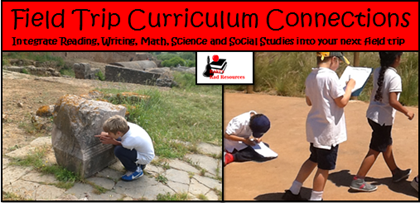

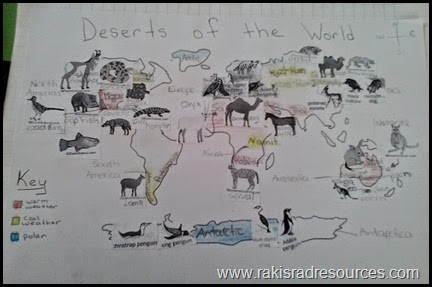
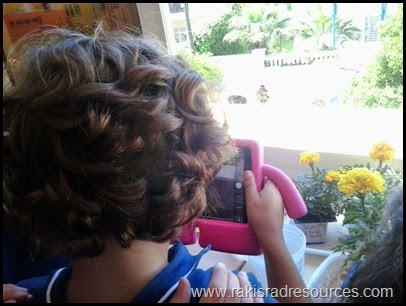
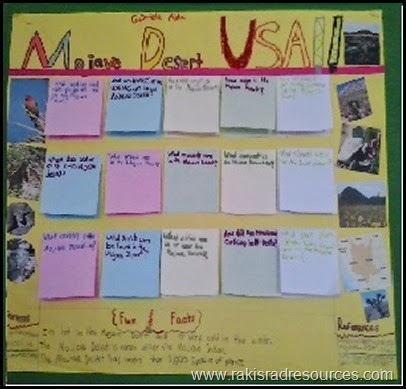
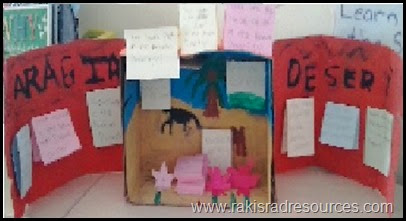
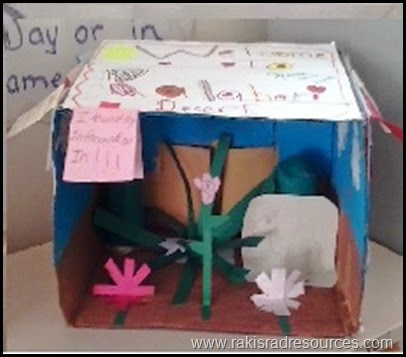
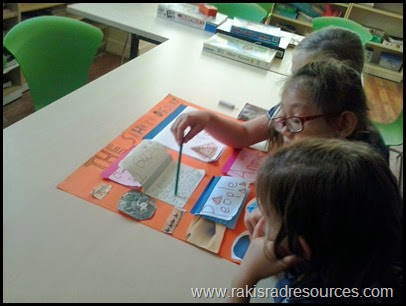
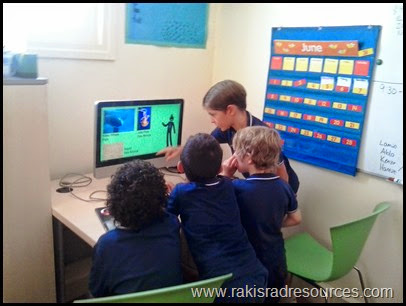
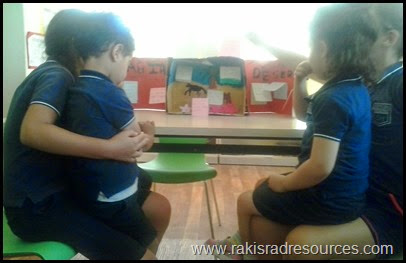
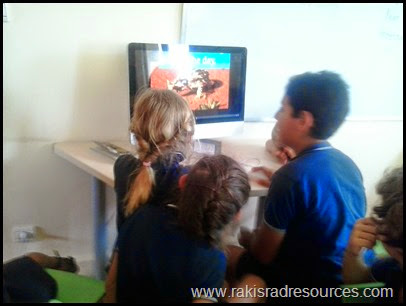

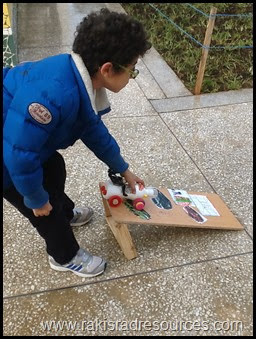
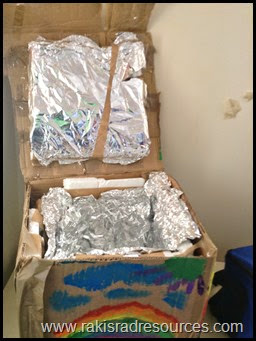
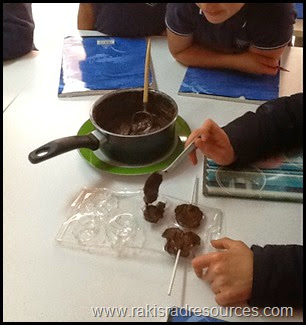
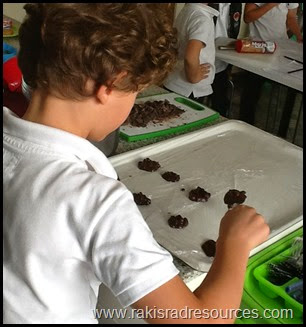
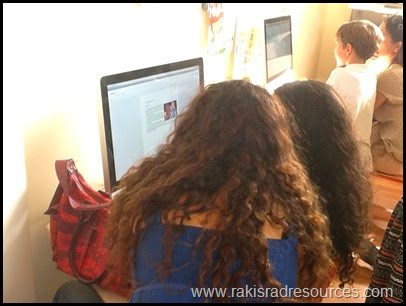

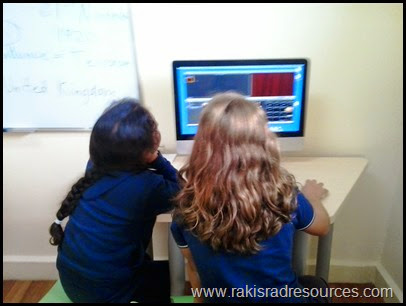

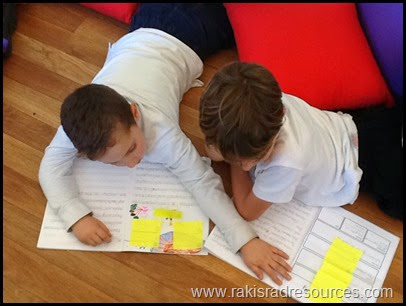
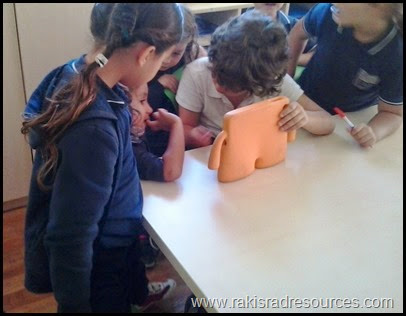
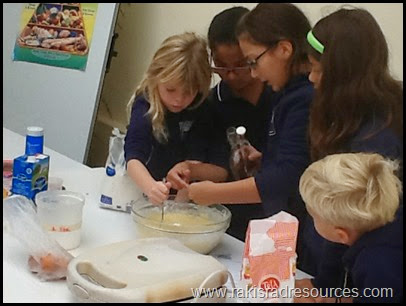
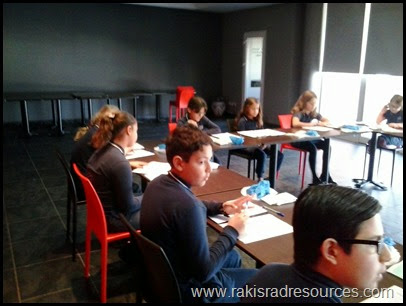
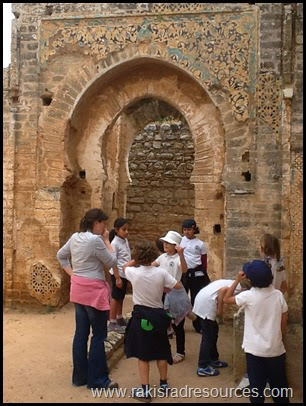

 When it’s nice outside, I am always looking for excuses to take my class outside. A great way to plan an outdoor lesson is to incorporate sidewalk chalk into your lesson. Here are 15 ways to use sidewalk chalk in your classroom:
When it’s nice outside, I am always looking for excuses to take my class outside. A great way to plan an outdoor lesson is to incorporate sidewalk chalk into your lesson. Here are 15 ways to use sidewalk chalk in your classroom: